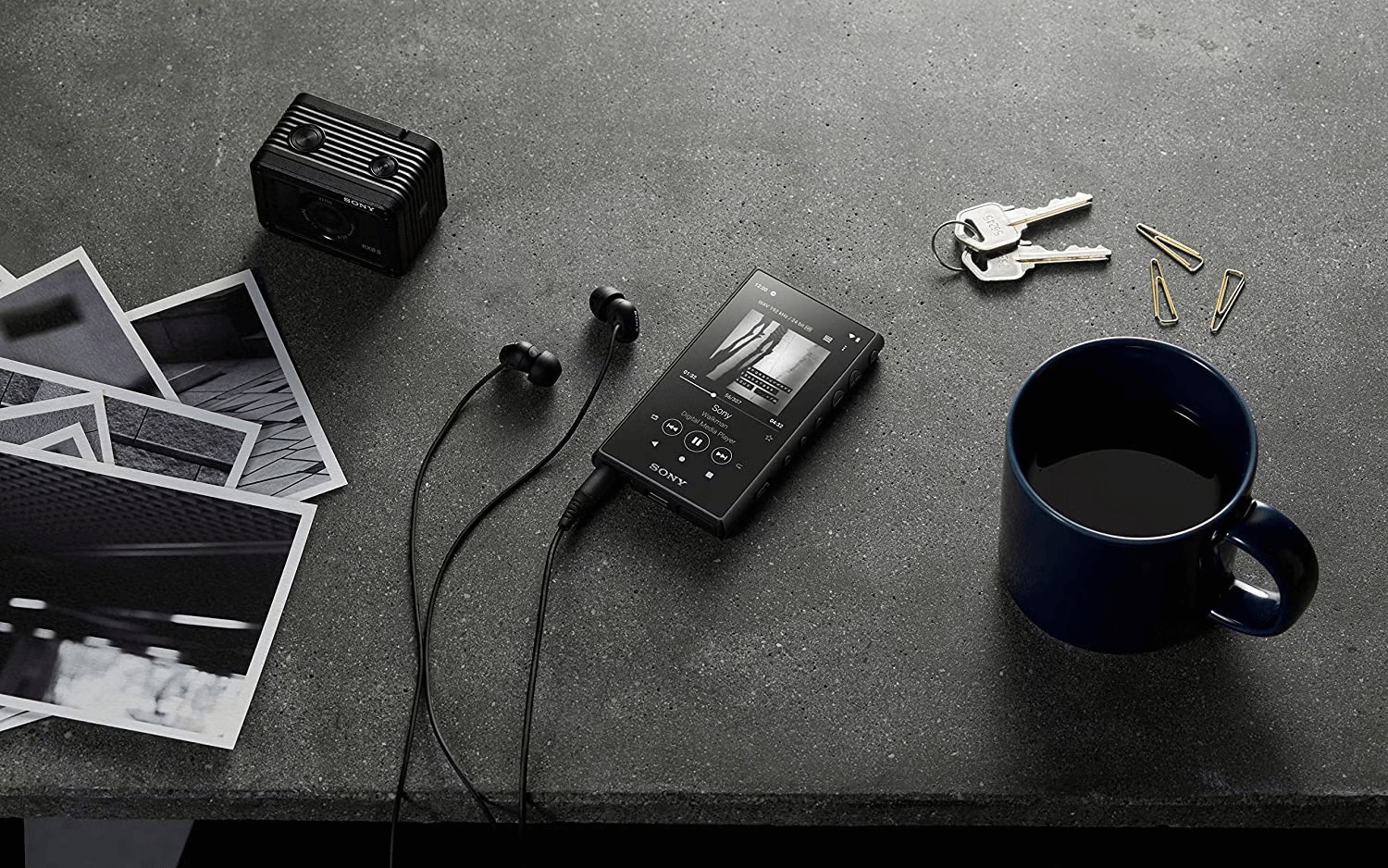
Introduction
Advanced Audio Coding, or AAC, emerged as a successor to the widely popular MP3 format. While MP3 revolutionized digital music by enabling efficient audio compression, AAC offers several advantages, particularly in sound quality and efficiency.
Beyond MP3: The Power of AAC
Similar to MP3, AAC utilizes lossy compression to achieve smaller file sizes. However, AAC employs more sophisticated coding techniques based on the latest psychoacoustic models. This translates to a more efficient encoding process, capturing a wider range of audible frequencies with greater accuracy compared to MP3.
The result? AAC files typically deliver higher fidelity sound at similar bitrates when compared to MP3. This enhanced audio quality is particularly noticeable in the clarity of treble frequencies and overall fullness of the sound.
Widespread Applications of AAC
AAC’s superior audio quality and efficient compression have propelled its adoption across various applications:
- Streaming Services: Major music streaming platforms like Apple Music, YouTube Music, and Spotify leverage AAC to deliver high-quality audio experiences to their subscribers.
- High-Definition Audio: AAC is a core component of the digital audio standard Dolby Digital Plus, which is widely used in Blu-rays, DVDs, and high-definition television broadcasts.
- Mobile Devices: Due to its efficient encoding and smaller file sizes compared to uncompressed formats, AAC is the preferred audio format for ringtones and music playback on smartphones and tablets.
- Video Conferencing: AAC’s ability to deliver clear audio at low bitrates makes it ideal for video conferencing applications, ensuring smooth communication even with limited bandwidth.
AAC: Shaping the Future of Audio
As technology evolves and user demands for high-fidelity audio experiences increase, AAC is poised to play a significant role. Its efficient compression and superior sound quality make it a compelling choice for various applications, from music streaming to high-definition entertainment.
Furthermore, AAC’s compatibility with various devices and software platforms ensures its continued relevance in the digital age. With ongoing advancements in audio coding technologies, AAC may serve as a foundation for the development of even more efficient and high-fidelity audio codecs in the future.
